AO Edited
Salzwelten: The Hallstatt Salt Mine
The world's oldest known salt mine.
Despite the fact that Hallstatt, Austria was accessible only by foot and boat until 1890 Hallstatt has been a major site of human activity for over 7,000 years. The reason: salt. Salt has been harvested by humans since at least 6000 B.C., and likely much longer than that. The salt mine at Hallstatt has been active since at least 5000 B.C. through the Bronze age, Greeks, Romans, Middle Ages, and into the modern one.
Hallstatt, along with other salt mines, helped to make the Dachstein-Hallstattersee region of Austria extremely wealthy. As a method to move valuable salt brine, 400 years ago a pipeline made of 13,000 hollowed-out trees was created. The wooden pipeline remained in use until quite recently.
In 1734, an ancient corpse was discovered mummified in the salt. The body was described as “pressed flat and tightly grown into the rock. Clothing and tools were quite strange but well preserved.” The mysterious ancient corpse was, according to the custom of the day, given a Christian burial and so lost to science.
Though unable to view the salt man, visitors to Hallstatt will get to see other prehistoric tombs, a glass case with 2,500-year-old bones, some wax cavemen, and a silly light show; visitors can also slide down a pair of long wooden chutes apparently once used by the miners to get around. Nearby Salzburg and Altaussee have their own additional salt mine tours.
The mine has been updated into a truly multimedia experience with a train ride through the salt mine, sliding down historic salt chutes in your cool orange salt suits (mandatory), boat ride, and high production value video explaining salt through the eyes of some old royal historical figure. At the end, you get a little commemorative shaker of salt from the mines!

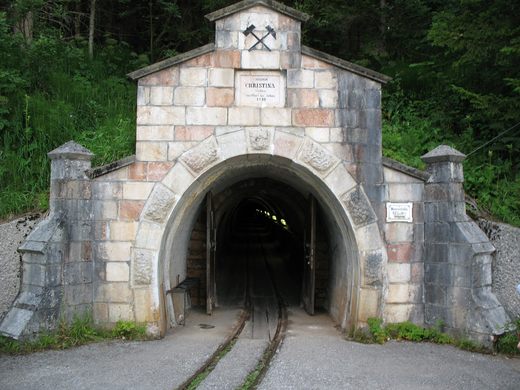
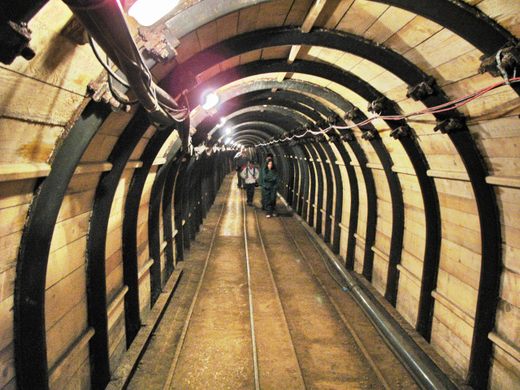

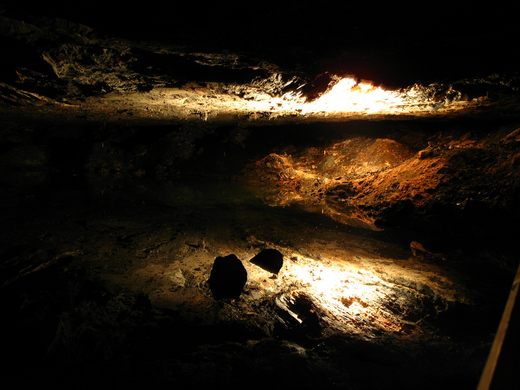











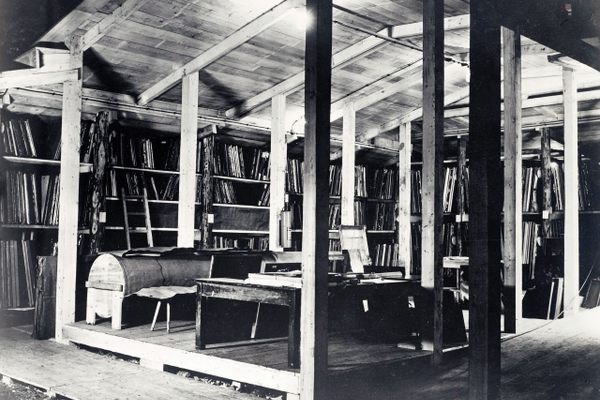


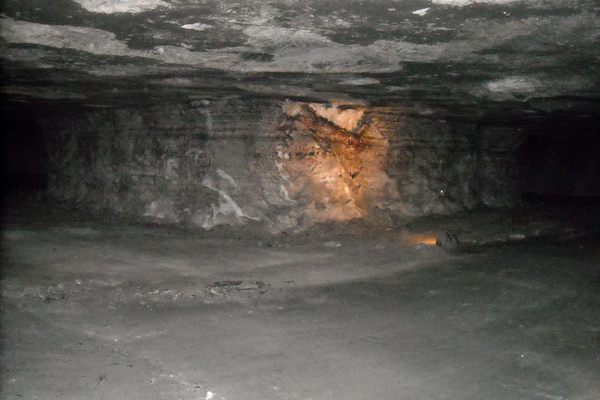
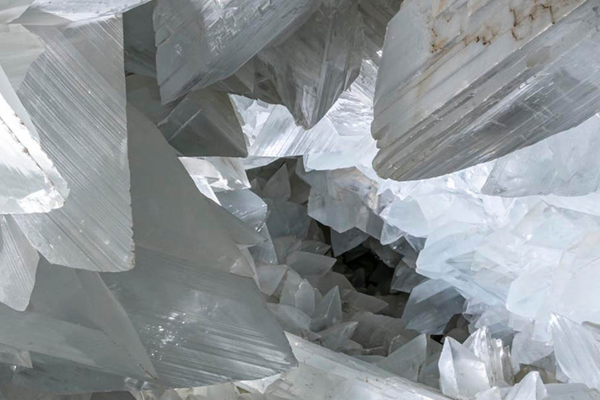


Follow us on Twitter to get the latest on the world's hidden wonders.
Like us on Facebook to get the latest on the world's hidden wonders.
Follow us on Twitter Like us on Facebook